In 2015, Ohio State adopted eight specific, university-wide sustainability goals to demonstrate our commitment to sustainable operations while advancing improved behavioral and cultural changes. Through these goals, Ohio State aims to make sustainability an integral part of being a Buckeye.
As a leading public research university, Ohio State is leveraging our campus resources to explore cleaner energy sources and solve sustainability challenges in Ohio and around the world. Meeting the university’s sustainability goals requires the efforts of numerous units across campus, including Facilities Operations and Development; Transportation and Traffic Management; Planning, Architecture and Real Estate; Student Life; Athletics; and Wexner Medical Center.
Recent sustainability awards
- Awarded Tree Campus Higher Education recognition for 11th straight year, and Tree Campus Healthcare for the third straight year
- Recognized as a Silver Level Bicycle Friendly University
- Received Honor+Sustainability Award for Kunz-Brundige Franklin County Extension Building
- Achieved Ohio Environmental Protection Agency’s Encouraging Environmental Excellence (E3) Gold Level award
Resources
2023 Resource Stewardship scorecard
2023 Snapshot: Progress towards our sustainability goals
Ohio State University Wexner Medical Center's Sustainability Report
2020-2021 Ohio State Sustainability Achievements brochure
The campus community can participate in helping to achieve these goals through sustainable actions in campus buildings and on campus grounds. Additional actions, such as those listed here for college students, could help area sustainability efforts in any location.
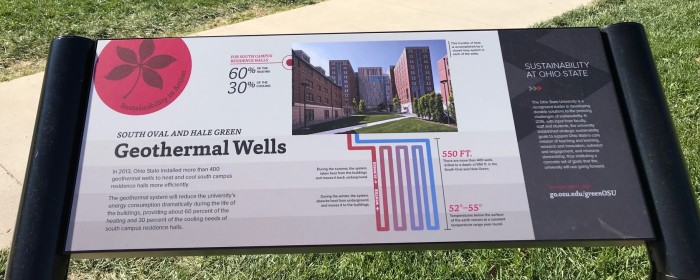
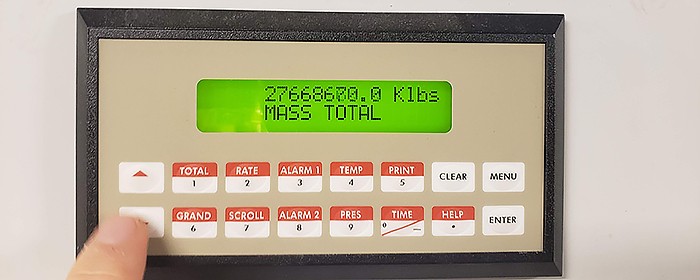
Energy Efficiency
Increase university building energy efficiency by 25%, by 2025
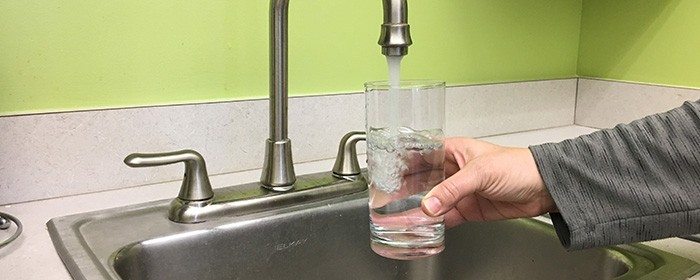
Water Efficiency
Reduce potable water consumption by 10% per capita every five years.
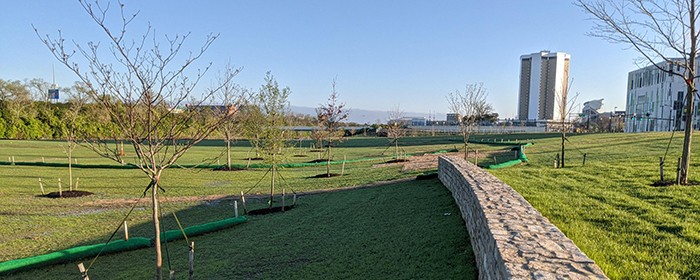
Ecosystem Services
Increase Ecosystem Services Index Score to 85% by 2025
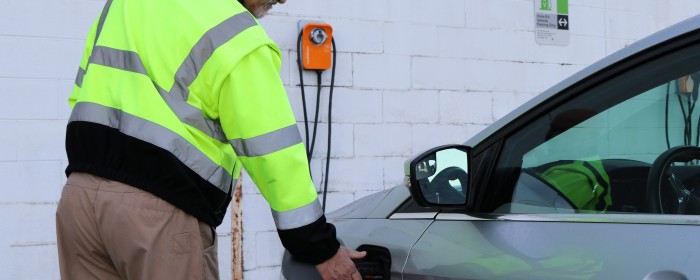
Fleet Footprint
Reduce carbon footprint of university fleet per thousand miles traveled by 25% by 2025
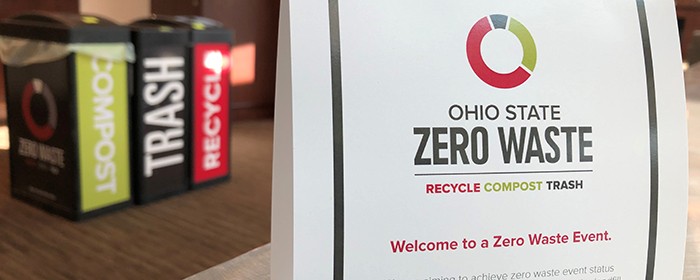
Zero Waste
Achieve zero waste by 2025 by diverting 90% of waste away from landfills
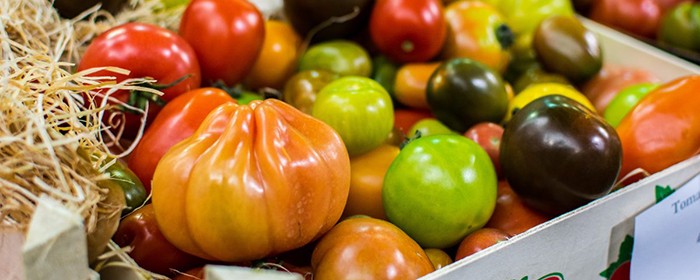
Food Sourcing
Increase production and purchase of locally and sustainably sourced food to 40% by 2025
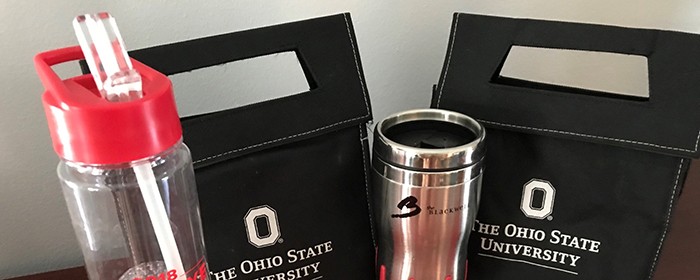
Environmentally Preferred Products
Develop university-wide standards for targeted environmentally preferred products and fully implement preferable products and services by 2025